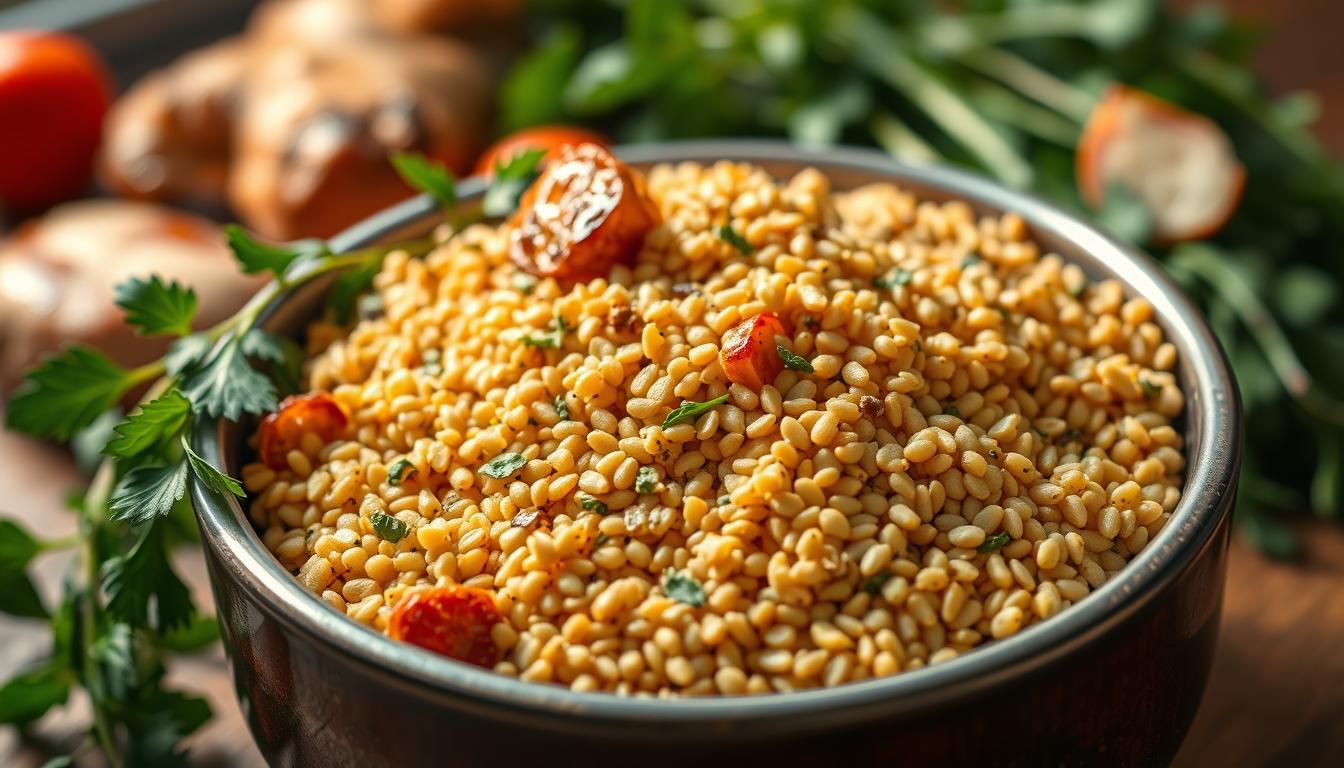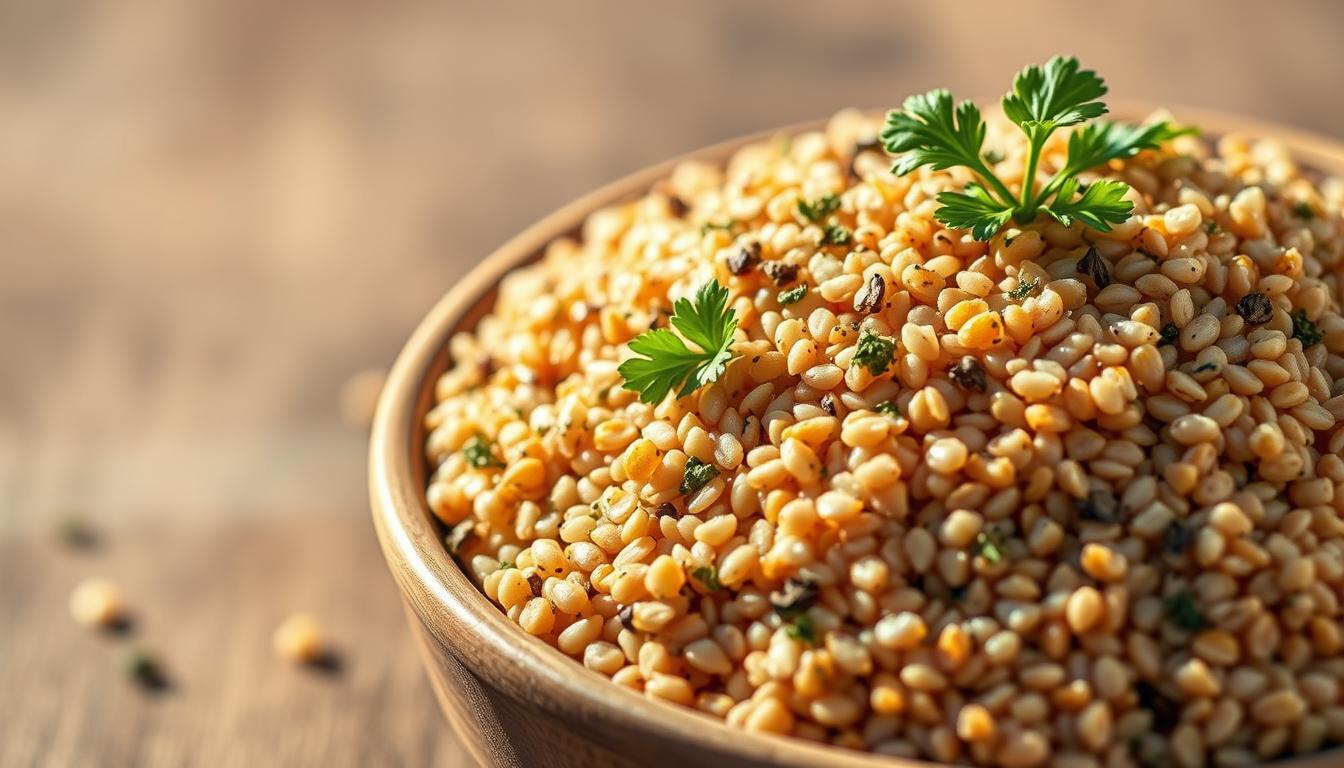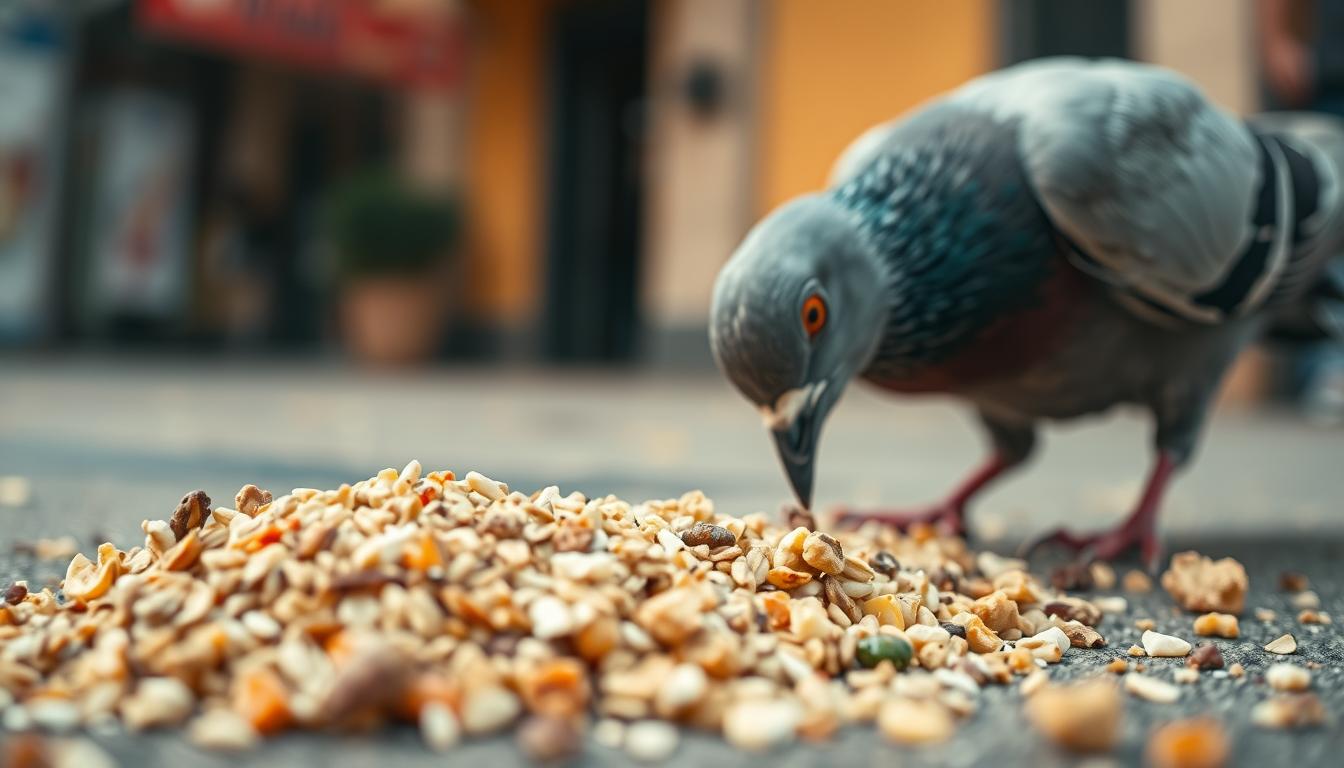Have you ever asked yourself, is quinoa good for dogs? As a responsible pet owner, you want to provide the best nutrition for your furry companion. Quinoa, often praised for its impressive health benefits, has caught the attention of many dog owners. But before adding it to your pup’s diet, it’s essential to understand both its advantages and potential risks.
Unlike traditional grains, quinoa is an ancient seed loaded with high-quality protein, fiber, and essential vitamins. Plus, it’s naturally gluten-free, making it a great option for dogs with food sensitivities. However, quinoa also contains saponins, which can be harmful if not thoroughly rinsed before cooking.
In this guide, we’ll dive into the nutritional benefits of quinoa for dogs, proper serving sizes, and potential risks to be aware of. We’ll also highlight the importance of consulting your vet before introducing new foods to your dog’s diet. By the end, you’ll have all the information you need to make the best choice for your pup’s health.
Table of Contents
Key Takeaways
- Quinoa is a nutrient-rich seed that offers protein, fiber, and essential vitamins for dogs.
- Proper preparation, including rinsing to remove saponins, is necessary before feeding quinoa to your dog.
- Consult your veterinarian before adding quinoa to your dog’s diet to ensure it’s safe and appropriate.
- While quinoa has potential benefits, it’s important to be aware of the risks and monitor your dog’s health closely.
- Feeding quinoa to dogs should be done in moderation and as part of a balanced diet.
Understanding Quinoa as a Dog Food Ingredient
Quinoa, often mistaken for a grain, is actually an edible seed related to beets and chard. Originating from South America, it has been a staple in ancient cultures for centuries. This gluten-free ingredient is rich in protein, fiber, and various essential vitamins and minerals, making it a standout choice for pet nutrition.
What is Quinoa?
Quinoa is an ancient seed that has been revered for its nutritional value. It is naturally gluten-free and contains a complete set of essential amino acids, which are vital for your dog’s health. Its high protein content and abundance of minerals like magnesium, folate, and potassium make it a nutrient-dense food source.
Nutritional Benefits and Anti-Inflammatory Properties
Quinoa is packed with antioxidants and anti-inflammatory properties, which can support your dog’s overall health. It’s also a good source of zinc and B vitamins, promoting healthy skin and energy levels. The fiber content in quinoa aids digestion, while its low glycemic index helps maintain stable blood sugar levels.
Due to its hypoallergenic nature, quinoa is an excellent alternative to common ingredients like corn and soy in dog food. It’s less likely to cause sensitivities, making it a great option for pets with dietary restrictions. Additionally, quinoa supports a healthy gut microbiome, which is crucial for your dog’s immune system and overall well-being.
Before adding quinoa to your dog’s diet, ensure it’s properly prepared. Rinsing quinoa removes saponins, naturally occurring compounds that can be bitter and potentially irritating to your dog’s digestive system. Proper preparation ensures safe and effective inclusion in your dog’s meals.
Is Quinoa Good for Dogs? Benefits and Considerations
Quinoa, a nutrient-rich seed, offers several potential benefits for dogs when incorporated into their diet properly. It’s packed with high-quality protein, fiber, and essential vitamins, making it a valuable ingredient in dog food. However, like any new addition to your pet’s meals, it’s important to approach quinoa with care and awareness of its potential drawbacks.
Health Benefits for Digestion and Weight Management
The high fiber content in quinoa can significantly improve your dog’s digestion. It helps maintain a healthy gut microbiome, which is essential for overall well-being. Additionally, quinoa’s low-calorie and high-fiber properties make it an excellent choice for weight management. This can be particularly beneficial for dogs needing to maintain a healthy weight without sacrificing nutrition.
Allergy and Sensitivity Considerations
While quinoa is hypoallergenic compared to common grains like wheat and corn, some dogs may still exhibit sensitivities. It’s crucial to introduce quinoa gradually and monitor your dog’s reaction. Start with small portions and observe any changes in behavior or health. If you notice any adverse effects, consult your veterinarian immediately.

Remember, quinoa should complement your dog’s diet, not dominate it. A balanced diet ensures your pet receives all necessary nutrients without over-relying on a single ingredient. Always consult your veterinarian before making significant changes to your dog’s meals to ensure the best outcomes for their health.
Key Risks and Safety Measures When Feeding Quinoa to Your Dog
While quinoa can be a nutritious addition to your dog’s diet, it’s important to be aware of the potential risks and take necessary precautions to ensure your pet’s safety and well-being.
Proper Preparation: Removing Saponins and Cooking Techniques
Quinoa contains saponins, natural compounds that can cause digestive issues if not removed. To prepare quinoa safely:
- Rinse quinoa thoroughly under cold water for at least 2-3 minutes to remove saponins.
- Cook quinoa until it’s soft and fully edible to avoid digestive upset.
Never feed raw or improperly cooked quinoa, as it can lead to stomach problems or toxicity.
Risks for Dogs with Pre-Existing Health Conditions
Dogs with certain health conditions, such as kidney disease or pancreatitis, may need to avoid quinoa due to its high protein and mineral content. Always consult your veterinarian before introducing quinoa to ensure it’s safe for your dog’s specific health needs.
Portion Control and Monitoring Your Dog’s Reaction
Start with small portions and monitor your dog’s reaction. Signs of discomfort, such as vomiting or diarrhea, indicate a need to discontinue use. Maintain precise portion control to prevent overfeeding and potential adverse reactions.
Remember, quinoa should complement your dog’s diet, not dominate it. Always prioritize your dog’s health and consult your veterinarian for personalized advice.

Conclusion
Incorporating quinoa into your dog’s meals can be a healthy choice when done correctly. This ancient seed offers a rich source of high-quality protein, fiber, and essential vitamins, making it a nutritious addition to your pet’s diet. However, proper preparation is key to ensuring your dog’s safety and enjoyment.
Always rinse quinoa thoroughly to remove saponins, which can cause digestive discomfort. Introduce it gradually and monitor your dog’s reaction. While quinoa supports digestion and weight management, it should complement, not dominate, your dog’s balanced diet.
Before making any changes, consult your veterinarian to ensure quinoa aligns with your dog’s specific health needs. When prepared and fed correctly, quinoa can positively contribute to your dog’s nutrition, helping them thrive.
Remember, your dog’s health is paramount. Always seek professional advice for personalized dietary guidance.
FAQ
Can dogs eat quinoa as part of their diet?
Yes, dogs can eat quinoa. It is a nutrient-rich ingredient that provides essential amino acids, minerals, and fiber. However, it should be introduced in moderation and as part of a balanced diet.
What are the nutritional benefits of quinoa for dogs?
Quinoa is a complete protein source, offering all nine essential amino acids. It is also rich in minerals like iron, calcium, magnesium, and zinc, and contains antioxidants and dietary fiber, which support digestion and overall health.
How should I prepare quinoa for my dog?
Rinse quinoa thoroughly to remove saponins, which can cause stomach upset. Cook it fully and serve it plain without added spices or seasonings. Avoid giving your dog raw or uncooked quinoa.
Can quinoa cause allergies or sensitivities in dogs?
While rare, some dogs may develop allergies or sensitivities to quinoa. Monitor your dog for signs like itching, vomiting, or diarrhea after feeding. Consult your veterinarian if you notice any adverse reactions.
How much quinoa can I safely give my dog?
Start with small amounts, such as 1/4 cup cooked quinoa per 20 pounds of your dog’s weight. Gradually increase the portion if your dog tolerates it well, but always prioritize a balanced diet with high-quality dog food as the main staple.
Is quinoa better for dogs than other grains like wheat or corn?
Quinoa is gluten-free and contains more protein and nutrients compared to wheat or corn. However, it is higher in carbohydrates, so portion control is key, especially for dogs with weight management or blood sugar concerns.
Can quinoa help support my dog’s digestive health?
Yes, quinoa’s high fiber content can aid digestion and promote a healthy gut. It is also low on the glycemic index, making it a good option for dogs with sensitive stomachs or those prone to blood sugar spikes.
Are there any risks of feeding quinoa to dogs with health conditions?
Dogs with kidney issues should avoid excessive phosphorus, which is present in quinoa. Always consult your veterinarian before adding quinoa to your dog’s diet, especially if they have pre-existing health conditions.
Can quinoa be a replacement for meat in my dog’s diet?
No, quinoa should not replace animal-based protein sources. Dogs require a diet rich in animal-derived ingredients for essential nutrients like taurine and certain fatty acids. Use quinoa as a supplementary ingredient, not a replacement.




